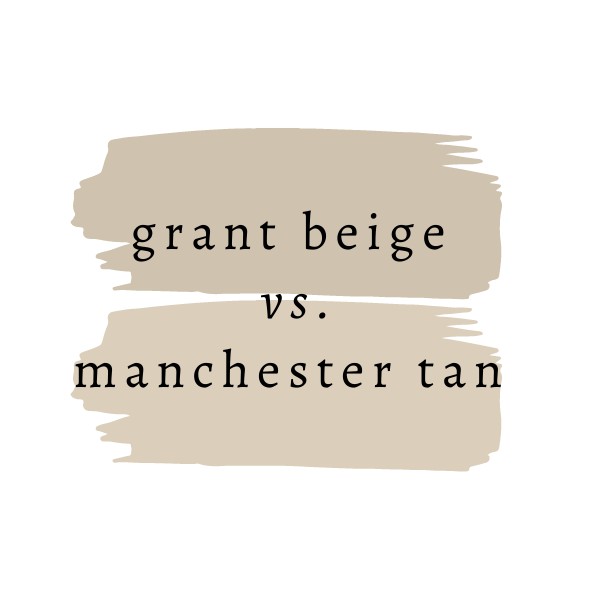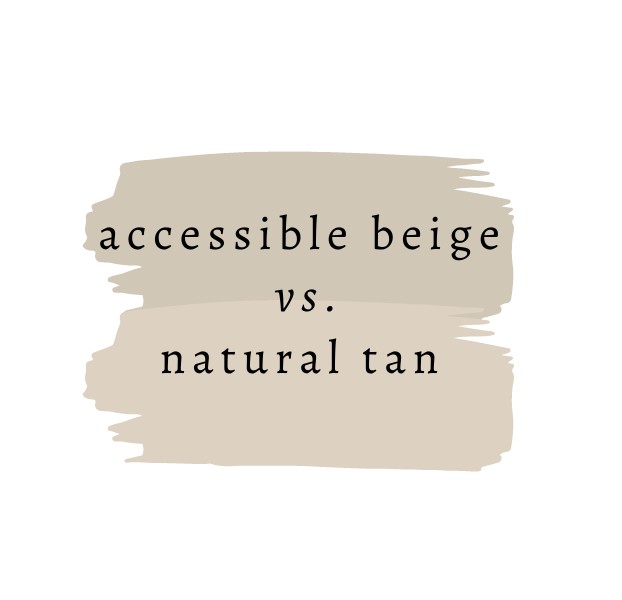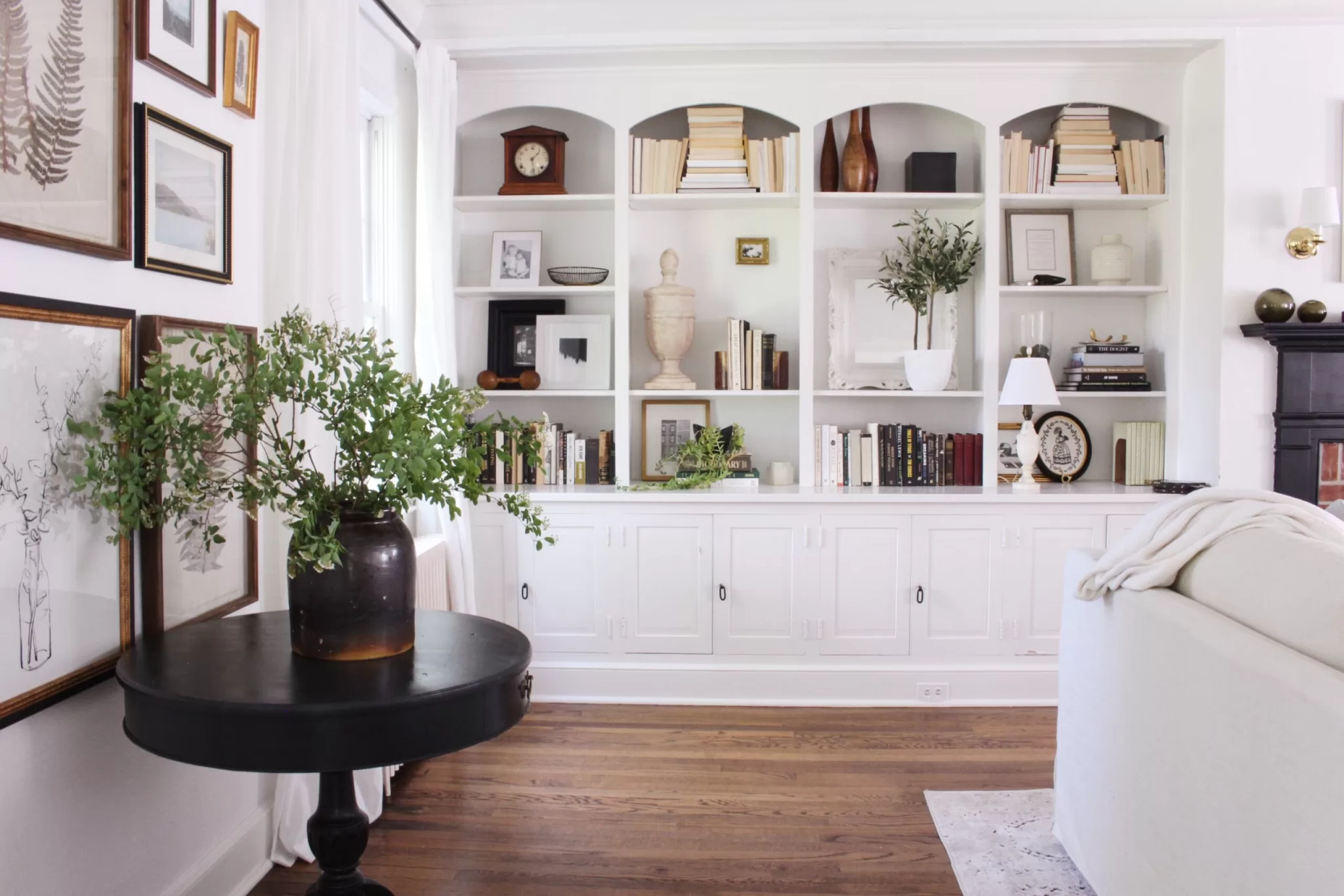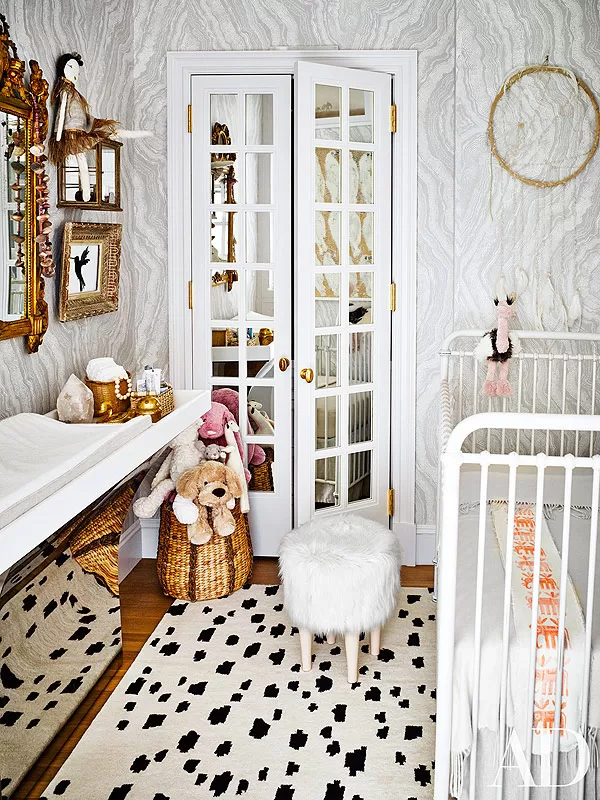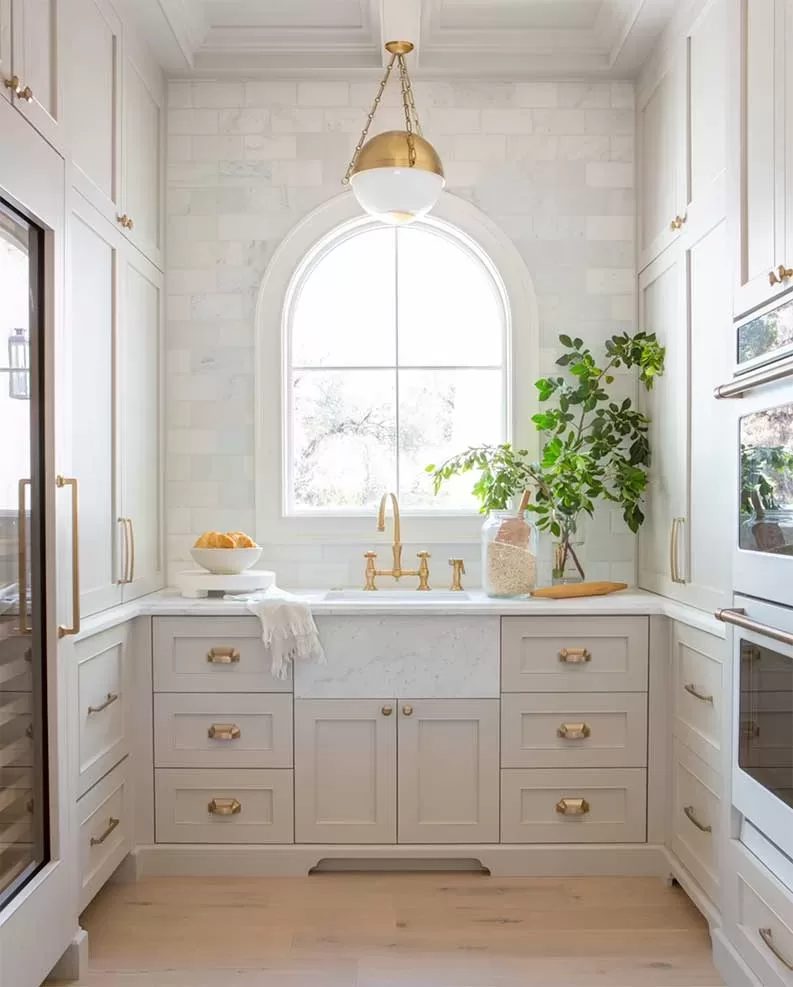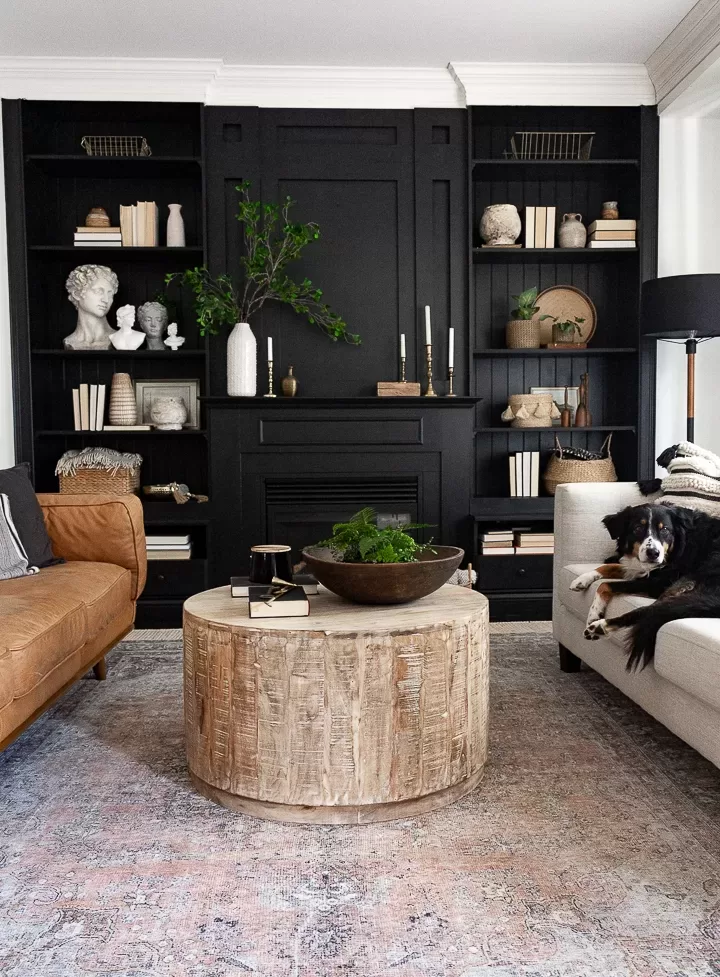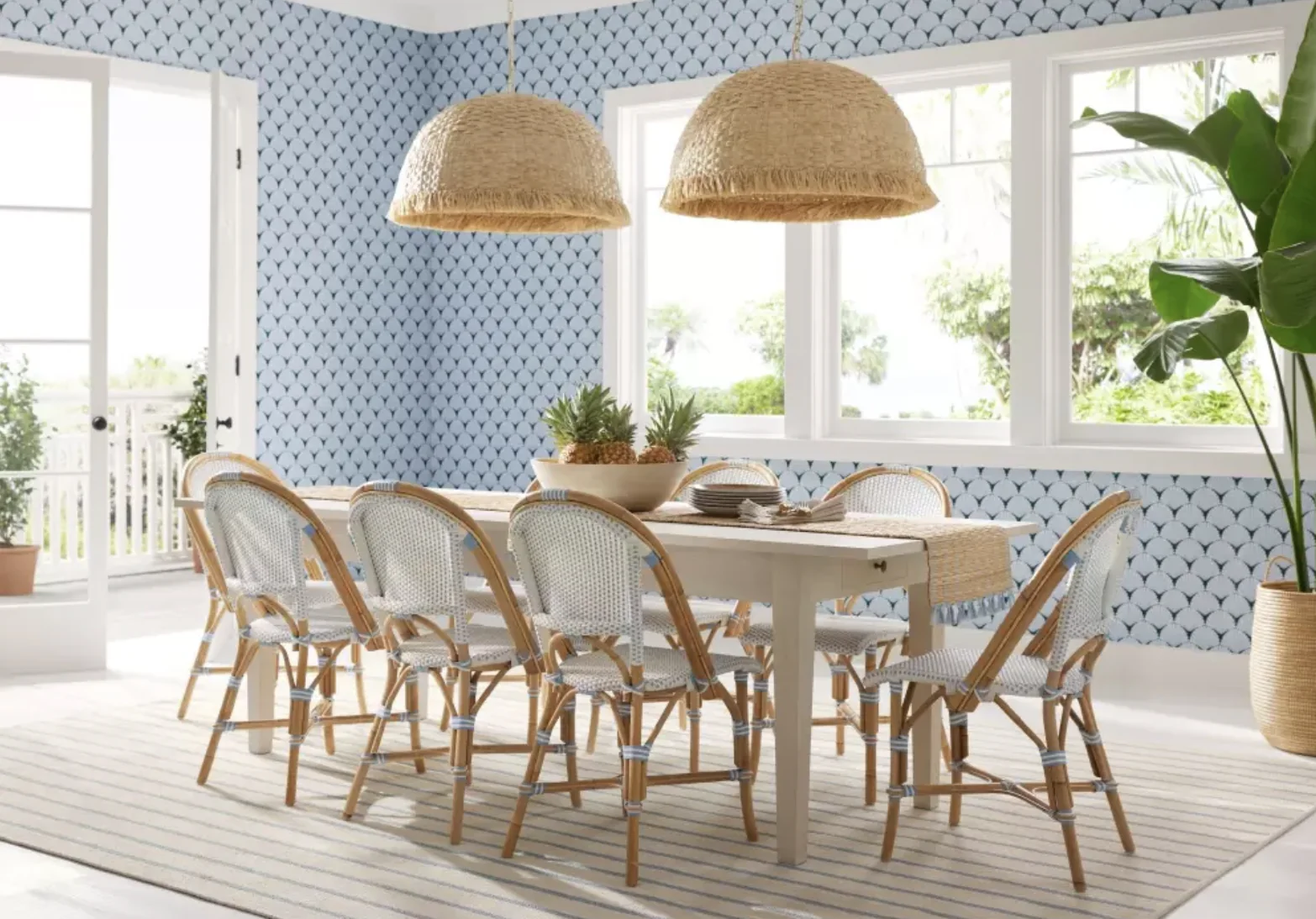Beige vs. Tan
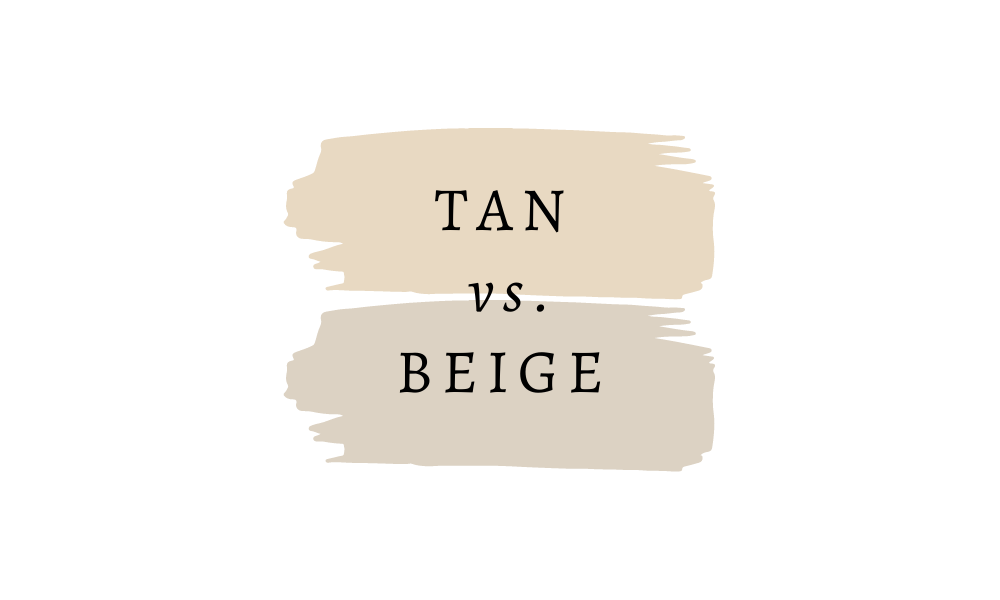
Beige and tan are color terms that are often used interchangeably, but they are, in fact, two different hues It’s not hard to understand the mixup, though, because the shades are very similar. Both are neutrals, and soft colors with brown undertones.
A lot of times, beige and tan get a bad rap in the decorating world for being boring or safe, and are often synonymous for bland design. But personally, I think there’s a place for both in any home, so long as they’re used with planty of texture and a little bit of contrast to keep things interesting. Beige and tan create soft, inviting schemes, especially when paired with other neutrals like white, cream, and black; metallics; or shades of blue and green. They can also be used as a backdrop for a global-inspired design, California modern homes, or Spanish Colonial styles.
So what color is beige, and what color is tan? And what is the difference? Here’s an explanation.
What color is beige?
Beige is a basically a pale, grayish brown color. It gets its name from the French word for unbleached wool.
It’s intensity ranges from a very pale neutral, that can almost be a shade of off white, to a deeper, moody hue that verges on taupe.
Beige can also be described as pale khaki, linen, or like its namesake, a natural wool color.
What color is tan?
Tan is also a pale brown, but it lacks the gray tones that beige has. It’s a sandier color, that looks more yellow-orange than beige does.
Tan can also be described as sand, nude, and light brown. When it’s a more saturated color, it looks like a cognac or saddle brown color. When it’s paler, it’s a peachy, sandy hue. Again, there are lots of different shades of tan, ranging from barely off white, to basically brown.
What’s the difference between beige and tan?
The biggest difference between beige and tan is that beige is more of a pale, gray-toned tan, while a true tan skews more brown. Tan doesn’t have the gray or yellow tones that beige has. Therefore, tan also tends to be the warmer of the two colors, while beige is more neutral.
It’s important to note, that depending on what application you’re looking at, the lines between the two colors can become pretty muddy.
When it comes to paint, for example, most brands have paint colors with ‘beige’ in that name that actually read more tan, and vice versa.
Here are a few examples of some beige and tan paint colors from top brands like Sherwin Williams and Benjamin Moore.
Benjamin Moore Grant Beige vs. Manchester Tan
Grant Beige and Manchester Tan are two of Benjamin Moore’s most popular nude paint colors. As you can see, they’re almost identical, despite one being called beige and the other being called tan. The beige hue is ever so slightly deeper and more gray toned than tan color, but it’s almost indistinguishable.
Sherwin Williams Natural Tan vs. Accessible Beige
Comparing two of Sherwin Williams popular neutral shades, Accessible Beige and Natural Tan also shows that these two colors are very similar, even though one is called beige and the other is a tan. Once again, though, the beige shade is a bit more yellow-gray, white the tan is bit more peach colored. These differences are also highlighted because the two hues are right next to each other, but if you were just looking at one color swatch at a time, it would be hard to distinguish which was the tan and which was the beige.
The bottom line: Beige and tan are very similar, neutral shades. Many people (and companies and brands) use the two interchangeably, so it’s more important to go with the hue you prefer, rather than get stuck on the name of the color.

